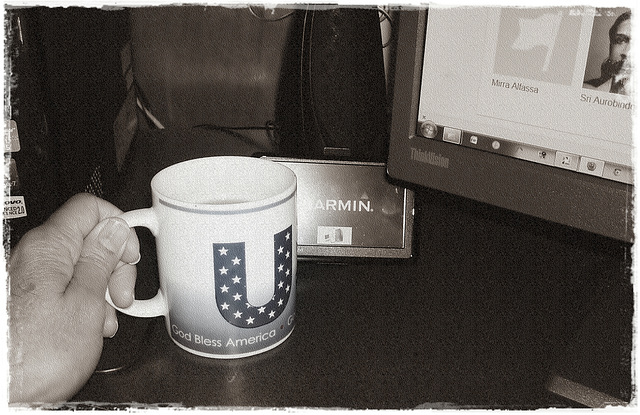Willows are willows everywhere
Mackinac Bridge
"Nexting"
Vicillation
Poems
On a snowy day
When confronted with competing path
Ἱπποκράτης / Hippokrátēs
Childhood
Peace of Wild Things
Misgivings
Dark Hours
Walking in Sunshine
Counterfactual thinking
Sunset
Water - conspicious consumption
Downtown
Queue
Neuroscience and consciousness
Tweety
Science of laughter
Nefyn
Conversazione
Why you can't tickle yourself
Burraud & Lund
Beyond the fence
At Lady Lever Art Gallery
New York street
An abandoned barn
Einstein, his wife & Charlie Chaplin
Opossum
Which path to take
13th Century House
Junco
Swan Song
Winter Evening
Keywords
Authorizations, license
-
Visible by: Everyone -
All rights reserved
-
193 visits
- Keyboard shortcuts:
Jump to top
RSS feed- Latest comments - Subscribe to the comment feeds of this photo
- ipernity © 2007-2024
- Help & Contact
|
Club news
|
About ipernity
|
History |
ipernity Club & Prices |
Guide of good conduct
Donate | Group guidelines | Privacy policy | Terms of use | Statutes | In memoria -
Facebook
Twitter



“You’d have to decompose it in two movements, because you can’t coordinate the timing. So if you tried to do it, you might end up having the fingers too close when you hit the cup, or too far apart when you reach the cup. In other words, you run the risk of knocking the cup over. So instead, what do you do? You very quickly compensate for your understanding of your deficit, and you reach out and you get, let’s say, thumb contact, and then you will close the hand. In other words, you break the thing down into pieces that you know you can succeed with, and then your resynthesize the sequence that will get you to your goal. But each gesture is itself less skillful than it would be if you execute it with [an undamaged] cerebellum.”
This implicated yet another part of the brain. “You can get the sequence right without the cerebellum, but if you want a smooth performance, you need a cerebellum. It cues each moment, and it coordinates the movements,” he said. ‘You can’t do language without a cerebellum” ~ Page 190
Sign-in to write a comment.